Journal data
- ISSN: 2224-235X
- E-ISSN: 2304-2265
- Format: electronic / Open Access
- Frequency: semi-annual publication / early published
- Peer review system: double anonymized review
- Charges: no
Correspondencias & análisis magazine maintains that it is essential to identify the form of collaboration of the co-authors of an article, in order to expose individual contributions, reduce disputes between authors and improve academic participation. To achieve this objective, Correspondencias & análisis adheres to the use of CRediT (Contributor Roles Taxonomy) to expose, in a systematic way, the type of contribution made by each author in the investigative process, which is presented below:
Project administration:
Management and coordination for research planning and execution activities.
Acquisition of funds:
Financial support for the execution and publication of the research.
Formal analysis:
Application of statistical, mathematical, computational or other formal techniques to analyze or synthesize study data.
Conceptualization:
Enunciation of ideas, objectives and general goals of the investigation.
Data curation:
Activities to manage metadata, delete and maintain research data, in phases of use and reuse.
Writing - proofreading and editing:
Preparation, creation and/or presentation of the published work, including the stages prior to publication.
Research:
Development of the research process, specifically conducting experiments or collecting data/evidence.
Methodology:
Development, design of methodology and/or creation of models.
Resources:
Provide study materials, reagents, patients, animals, laboratory samples, instruments, computer resources or other tools for analysis.
Writing - original draft:
Preparation, creation and/or presentation of the published work, specifically the writing of the initial draft (includes, if relevant in terms of the volume of translated text, the translation work).
Software:
Programming, software development, design of computer software, implementation of technical support code and algorithms, testing of existing code components.
Supervision:
Responsibility for the supervision and leadership for the planning and execution of the research activity, including external tutoring.
Validation:
Verification of the replicability and reproducibility of the results, experiments and other research products.
Visualization:
Preparation, creation and/or presentation of the published work.
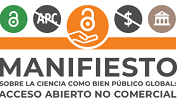
 |
2.png) |
 |
 |
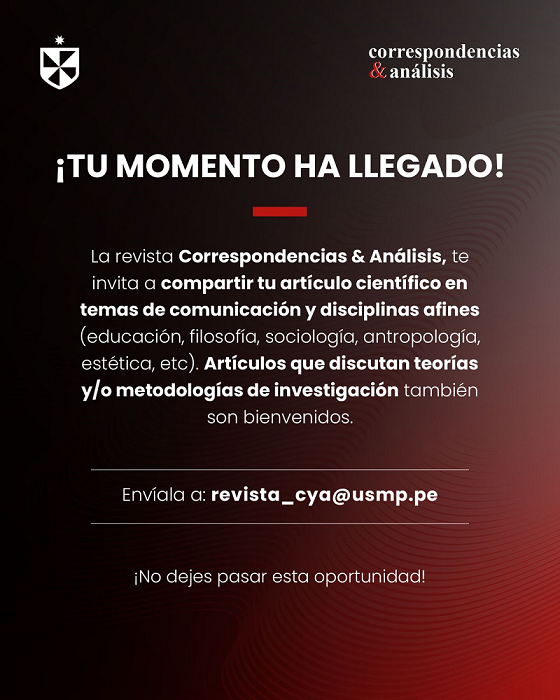
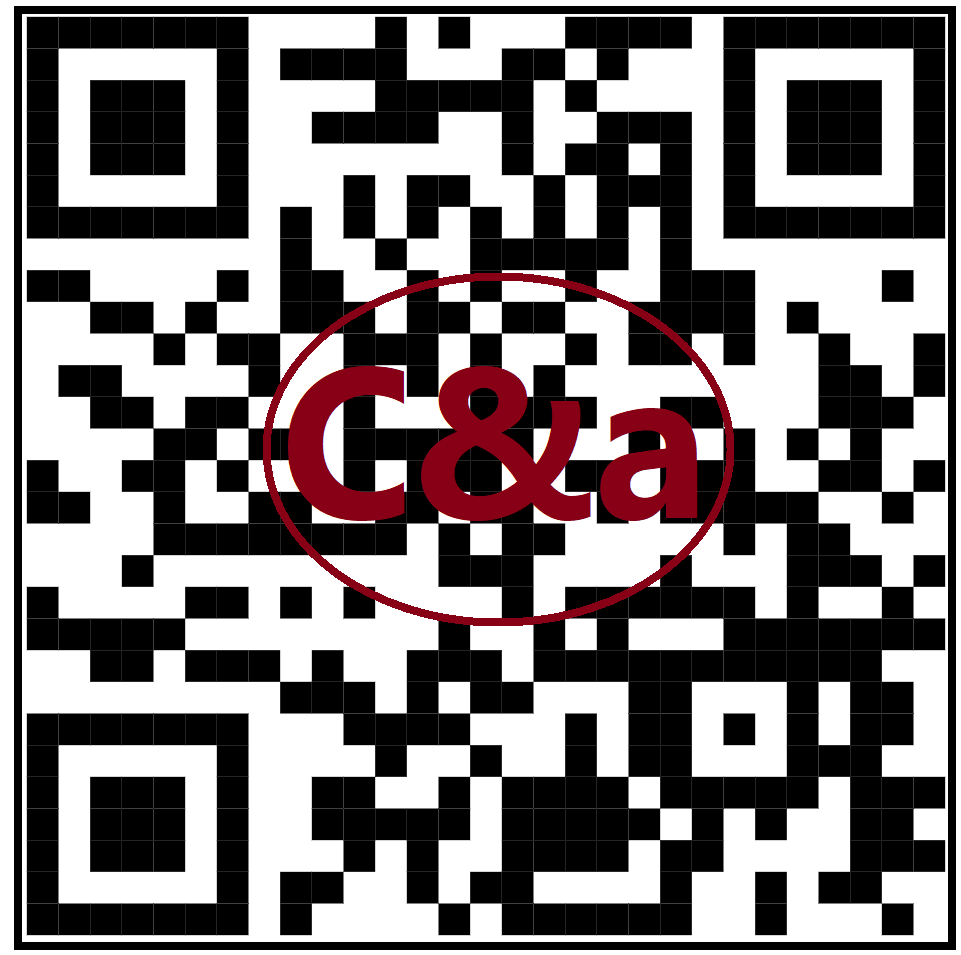
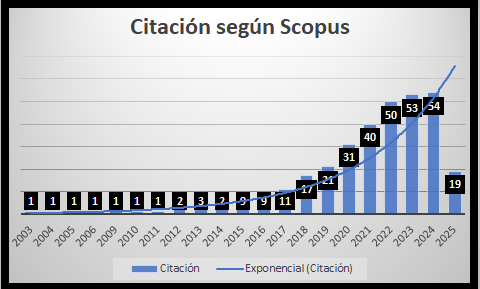
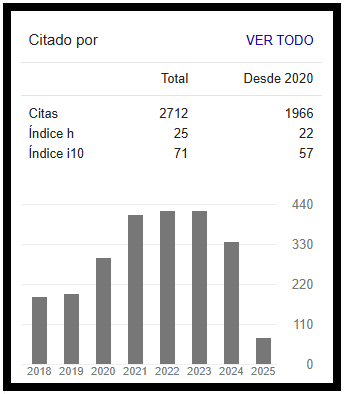
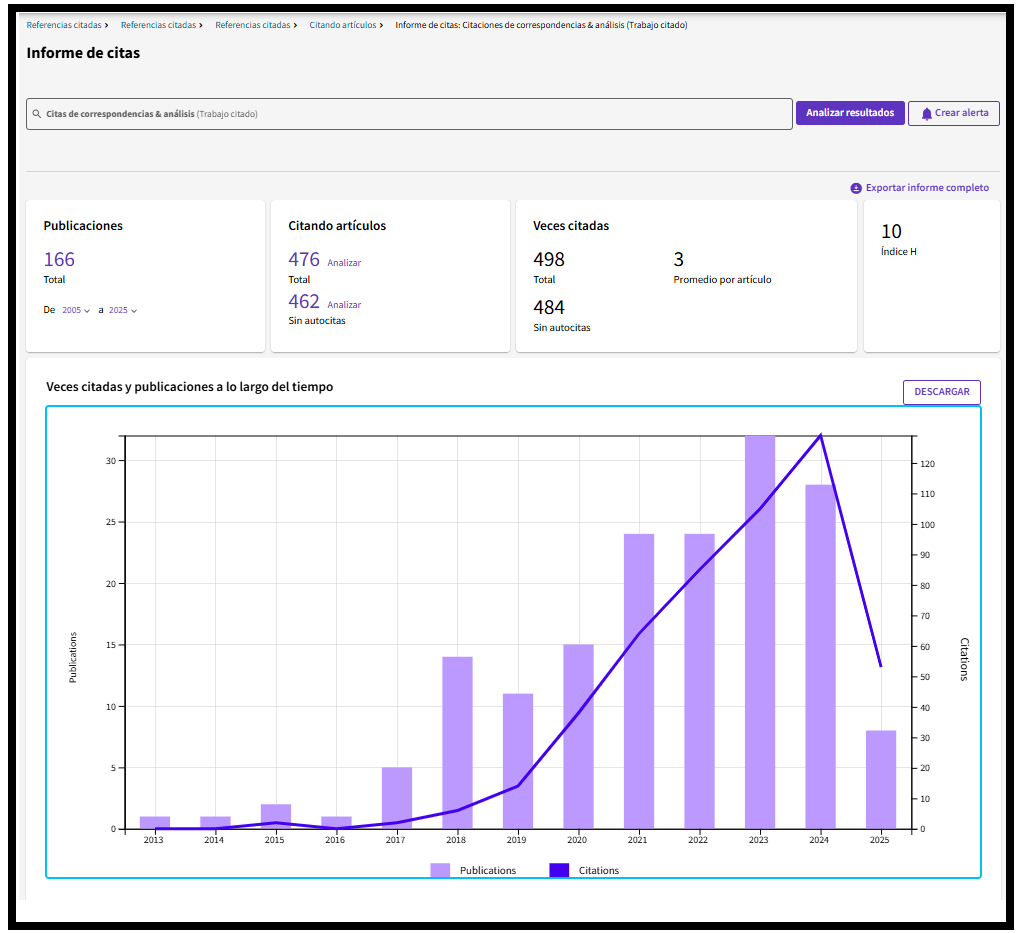
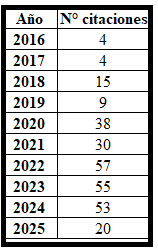
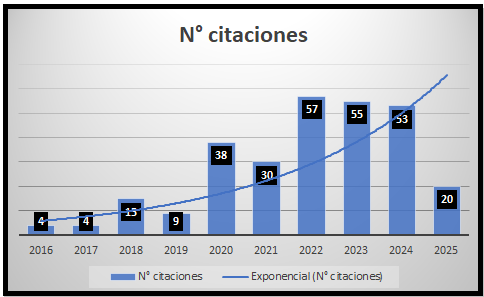
 Licencia Creative Commons Atribution 4.0 International (CC BY 4.0)
Licencia Creative Commons Atribution 4.0 International (CC BY 4.0)
Address: Av. Tomás Marsano Nº 242, Surquillo. Lima - Perú
Phone: (51-1) 513-6320 - Extension: 2190
E-mail: revista_cya@usmp.pe
Web: https://ojs.correspondenciasyanalisis.com/index.php/Journalcya
DOI: https://doi.org/10.24265/cian
ISSN: 2224-235X (Print)
2304-2265 (Online) 
